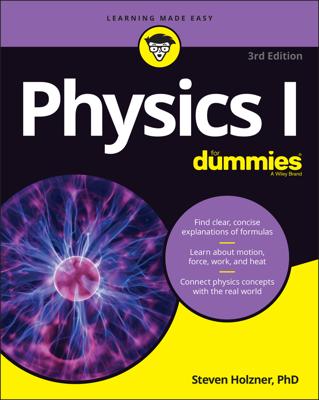Another theory that sometimes gets discussed is called F-theory (the name is a joking reference to the idea that the M in M-theory stands for mother), proposed by Cumrun Vafa in 1996.
Vafa noticed that certain complicated solutions of Type IIB string theory could be described in terms of a simpler solution of a different theory with 12 dimensions, up from the 10 dimensions of superstrings or the 11 dimensions of M-theory.
Unlike M-theory, where all the dimensions of space-time are treated on equal footing, two of the dimensions of F-theory are fundamentally different than the rest: They always have to be curled up. So now to get to three space dimensions, we have eight small dimensions instead of six!
This makes it seem as though the theory is getting more complicated, but in fact the F-theory description is often simpler. These eight dimensions include not only all the information from the previous six, but also information about what branes exist in the solution (those setups could get complicated).
This is an example of a common theme in the development of string theory; more and more of the theory’s details, such as what particles exist and how they interact, or what branes live where, can be described simply in terms of the geometry of the extra dimensions. This geometry is often easier to understand and analyze.
F-theory has been receiving more attention in the past few years because its rich structure allows solutions that reproduce many of the phenomena of the Standard Model and GUT.

